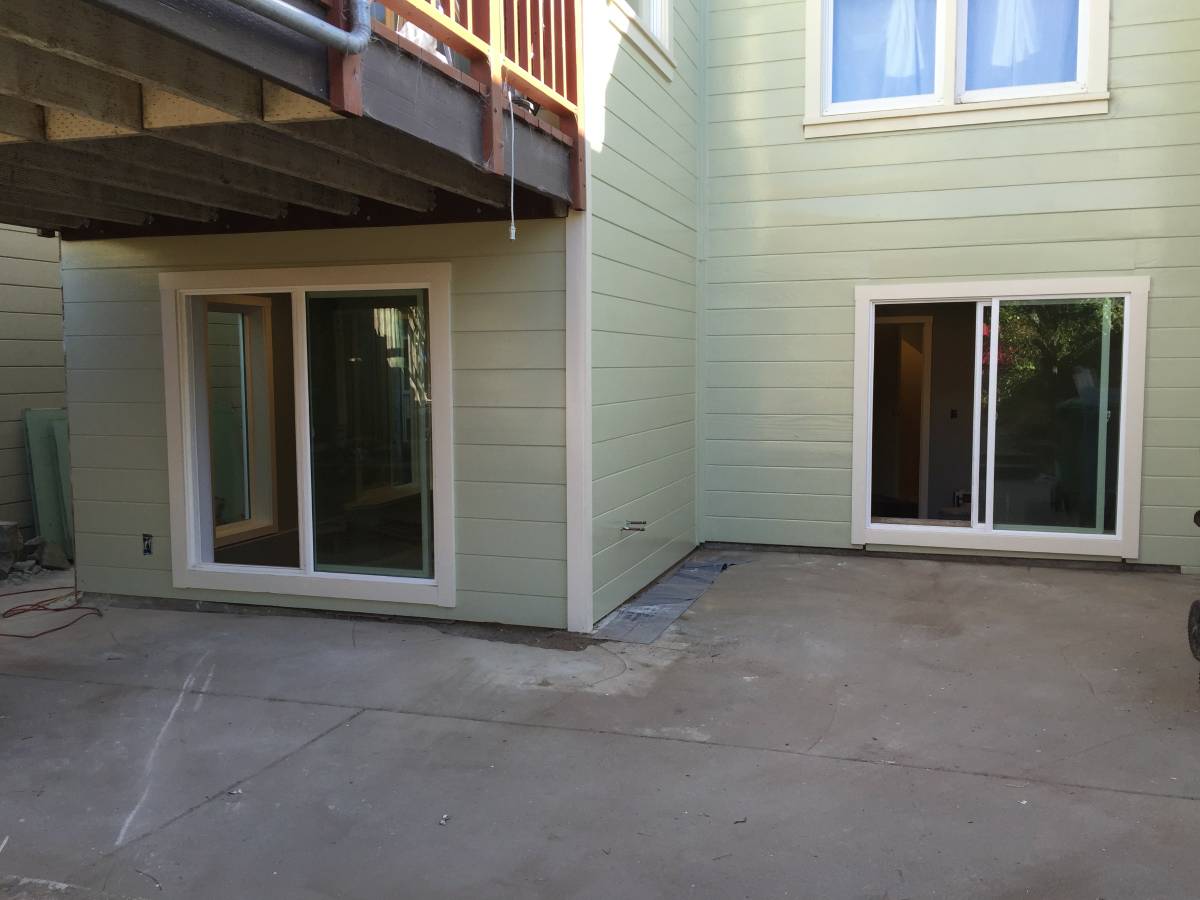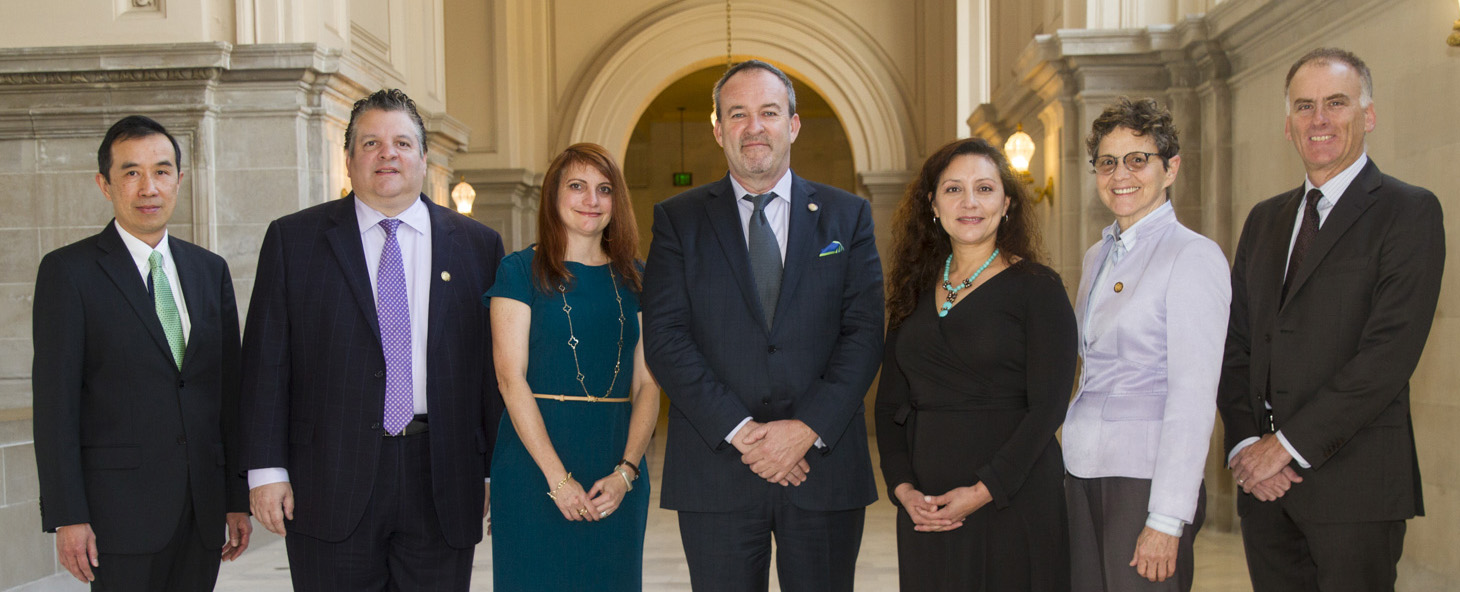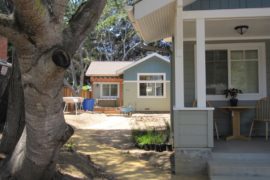A little bit off the mark?
“After weeks of political wrangling, San Francisco is poised today to approve legislation that would allow the creation of tens of thousands of in-law units within existing buildings.” That was the intro to this 2016 article on the day the Board of Supervisors voted to alleviate barriers to construction of accessory dwelling units (ADUs), known colloquially as in-in-law units, granny flats, and other terms.
It was estimated that upwards of 30,000 affordable housing units would be carved out in privately owned buildings, but this goal was a tad ambitious – with 23 units built, there are 29,977 more to go.
There has been a romance lately with ADUs and even we were guilty of touting the benefits of new incentives to building a residential unit in an underutilized area of a property. But recent numbers have soured the love affair.
Although a lot of lip service has been paid to the benefits of ADUs, this San Francisco Business Times article reports that the number of units that have sprouted up are in the double digits.
In 2016, the gravity of the housing shortage was beginning to register for San Francisco. Recognizing this deficit and understanding that many properties have space that is not being used to its highest potential, the city passed Ordinance No. 162-16 in September of 2016 to allow their construction citywide.
In an oldie but goody, take a look at this San Francisco Planning Department’s video that rolled out the program, noting the unique and important role that ADUs play in a neighborhood’s housing supply. It was a good sales pitch, but many San Franciscans are experiencing buyer’s remorse.
After the law was ushered in, we assisted several clients in evaluating the risks and rewards of building a residential unit in an underutilized area of the property. Exuberant owners looking to take advantage of laxed Planning Code requirement found that building codes were still maddening to a lesser extent, as they jumped from the fire into the frying pan.
There’s plenty of finger pointing to go around. Although frustrated owners balk over the approval process and run into obstacles when it comes to passing fire code and other requirements, San Francisco Fire Department Fire Marshal Dan de Cossio told the Building Inspection Commission that “the onus to meet code and the requirements falls on the design professional, falls on the architect of record, engineer of record, etcetera.”
Marcelle Boudreaux heads the Planning Department’s accessory dwelling program and related to the same Commission stories of vexed architects that do not know how to properly advise their clients in the absence of guidance from city agencies, notably the Fire Department tasked with overseeing rescue windows and egress requirements. All agencies involved are hashing out the details on accelerating the approval process and breaking the logjam, so we will watch to see if the pace is picked up.
While only 23 ADU’s have been built among the 109 permits issued for new construction, the legalization of once illegal units stacks up a little better. With tens of thousands of illegal ADU’s estimated to be in the shadows, the City has received 658 permit applications of owner volunteering to legalize these units, of which 163 have completed the process.
Although these numbers are discouraging, property owners should not abandon their endeavor to build a backyard cottage but proceed with proper counsel. With a 23-year tradition of advocating for owners, coupled with tentacles in the property management industry and access to reliable contractors, Bornstein Law is best equipped to assist you in erecting an ADU or legalize an illegal unit that is eligible for proper permitting.




